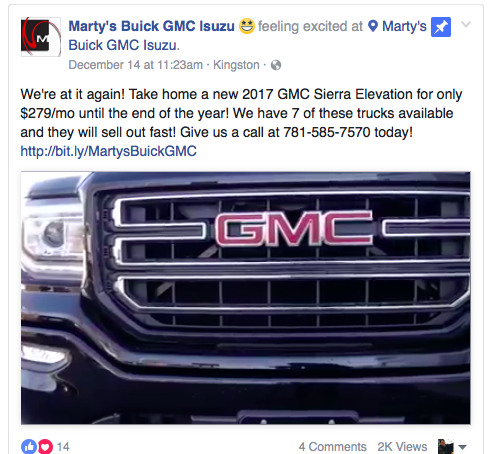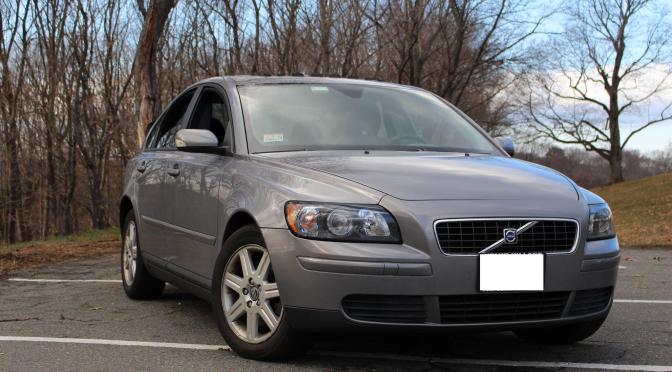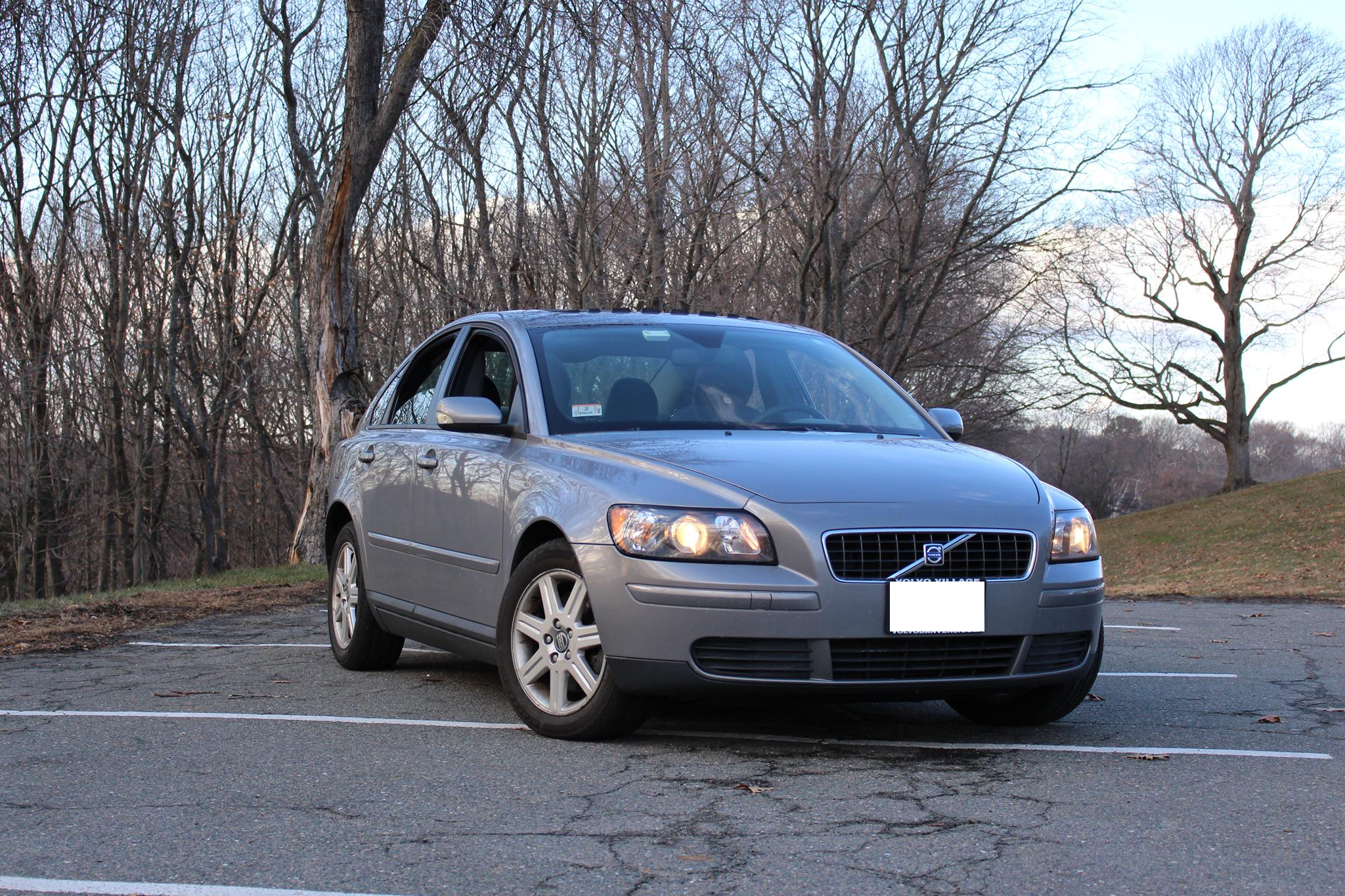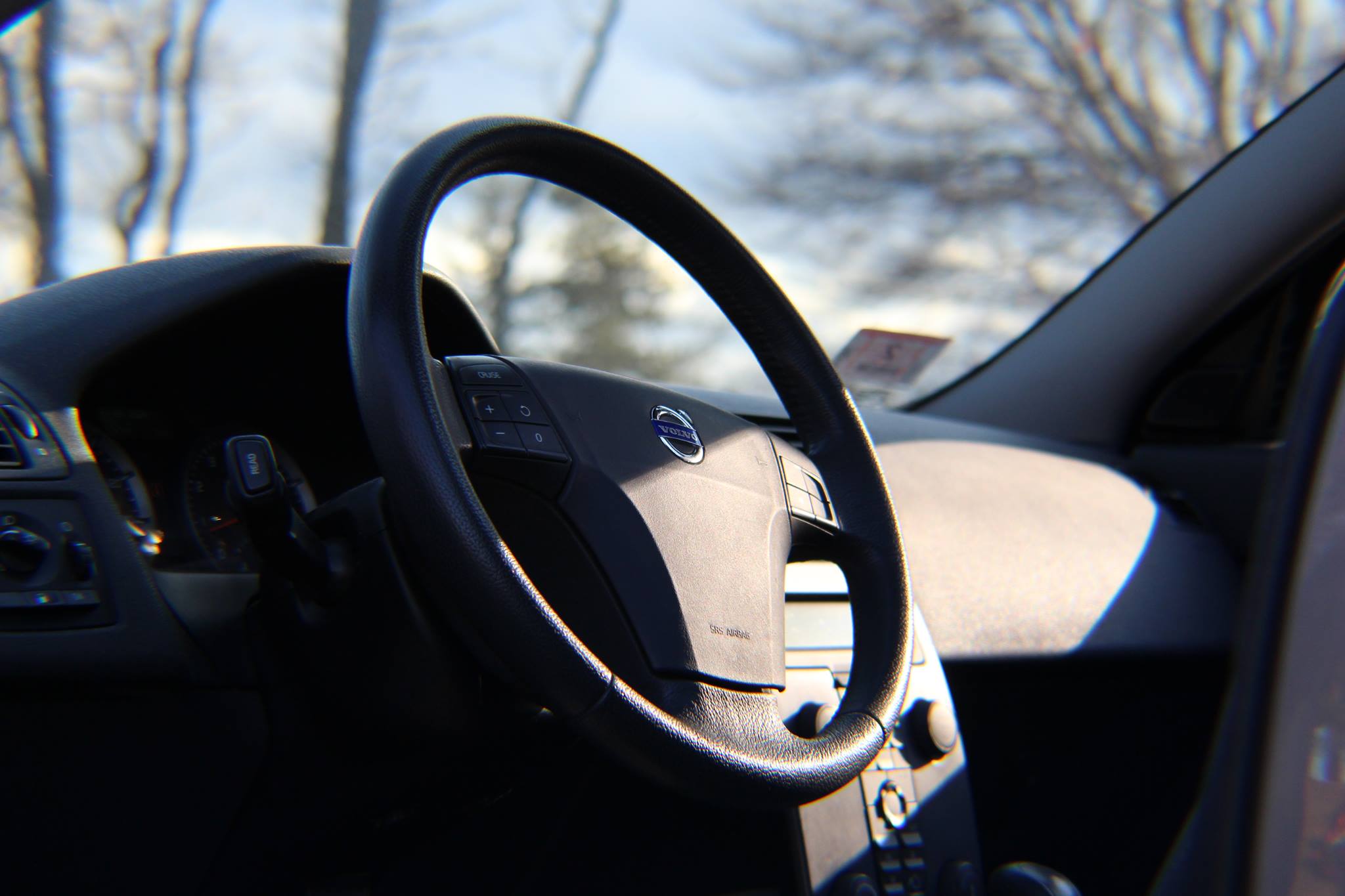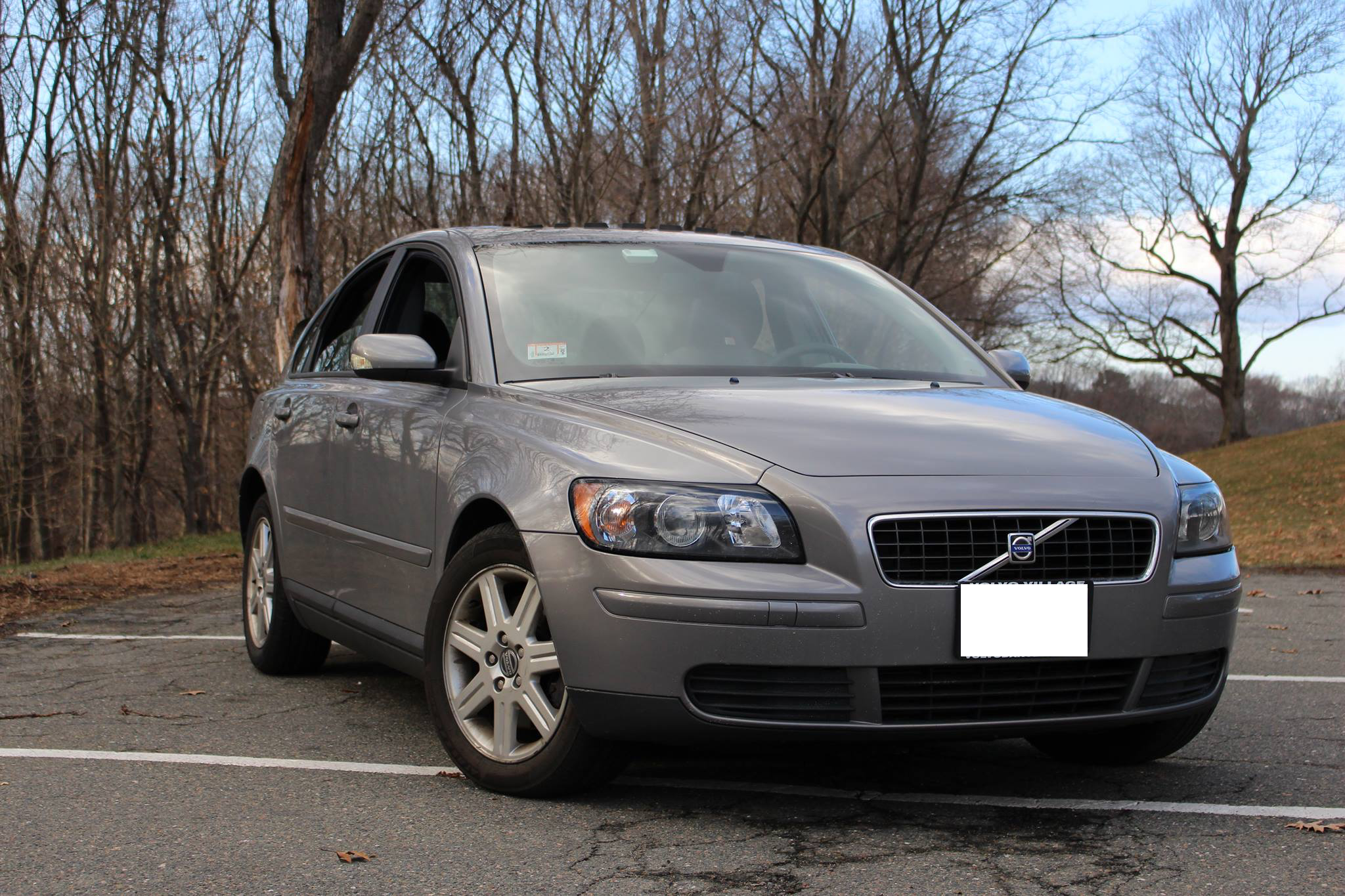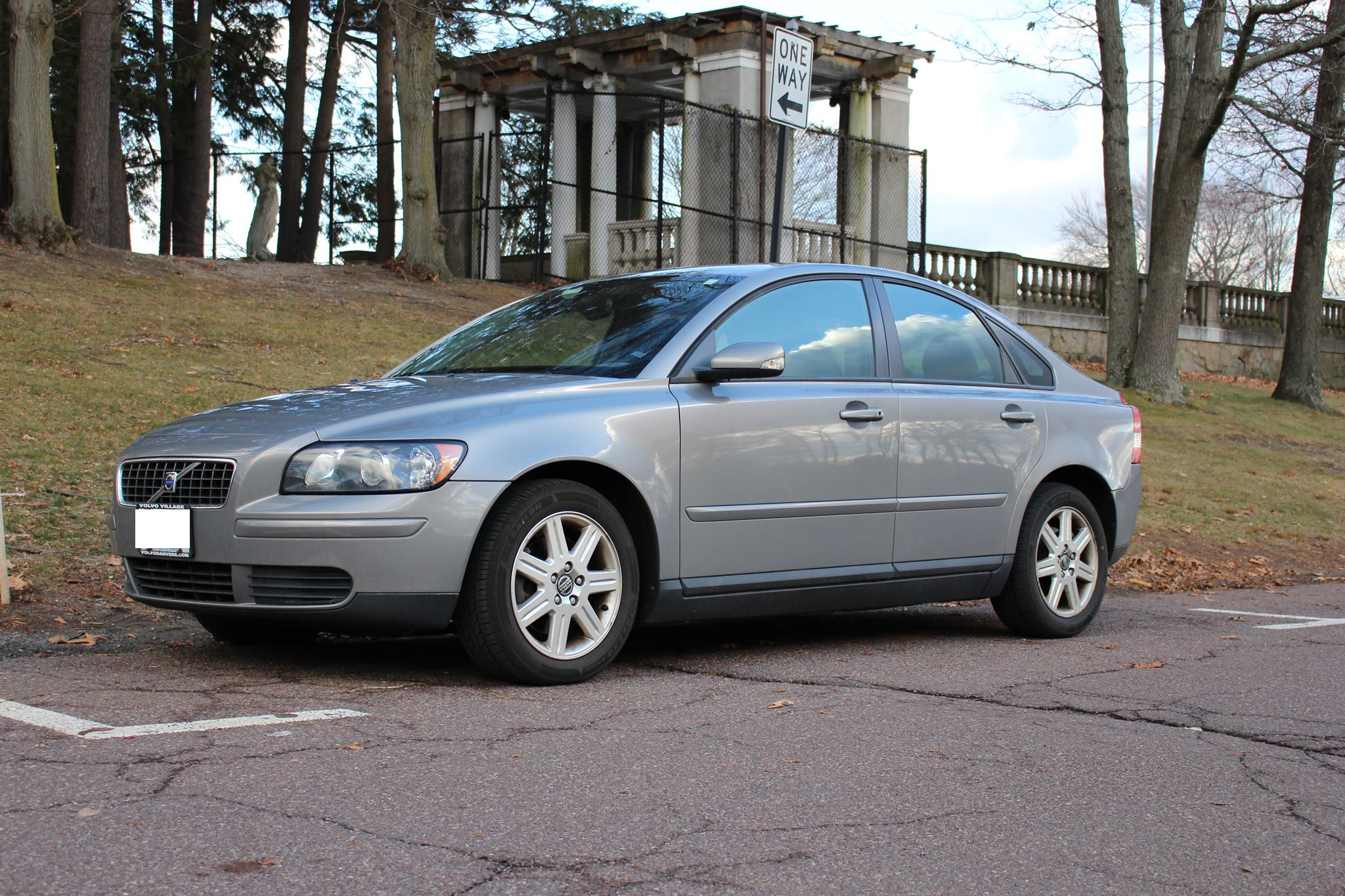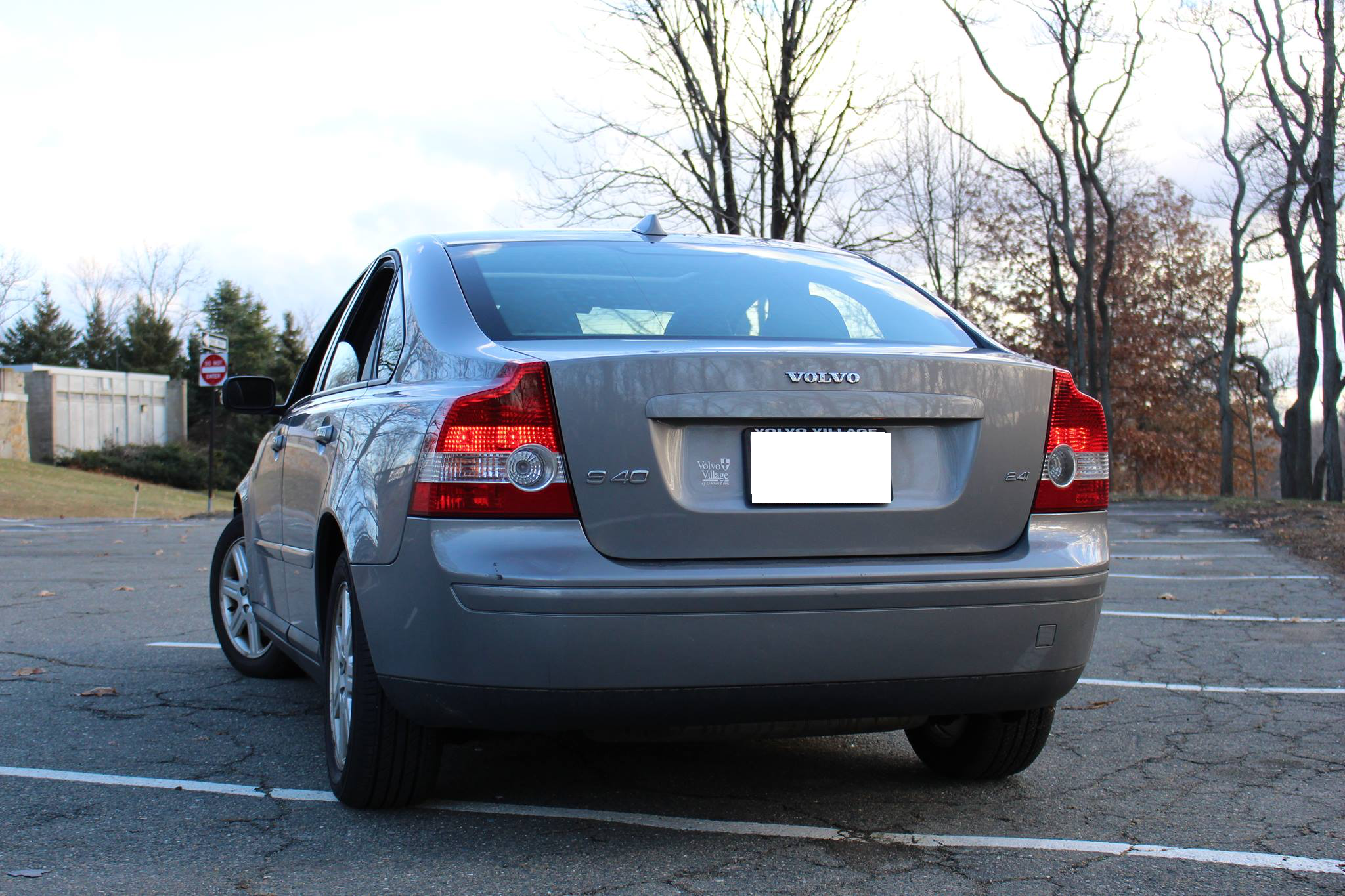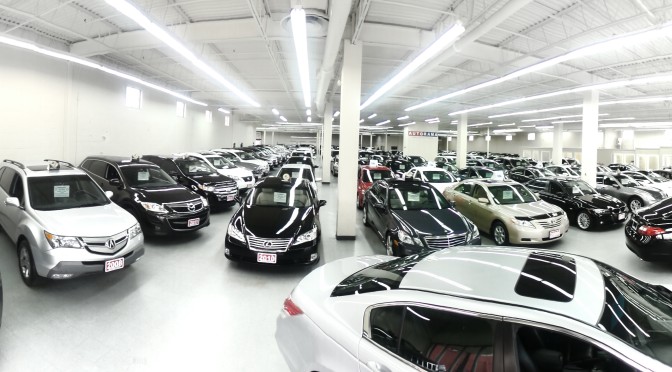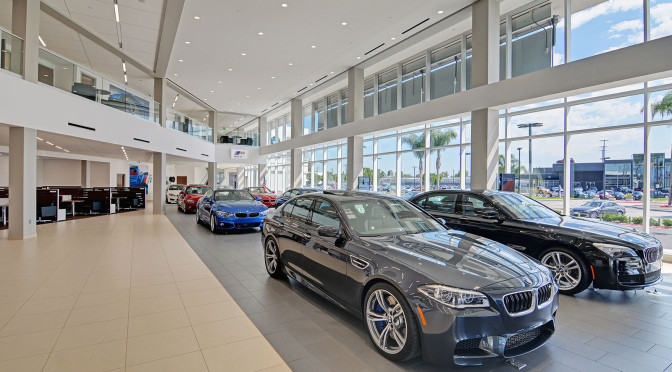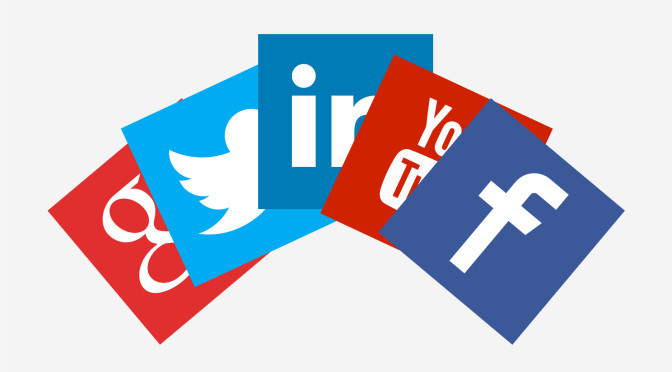Social media marketing is simply one of the most powerful methods in turning followers into customers, yet many who manage the accounts for small and large businesses don’t see the potential that is there. In the automotive industry on the dealership level, the lack of commitment, consistency, and even the reluctance to spend on ads are key factors as to why they’re not seeing results. Being conservative on spending for social media marketing is an obstacle that can be worked around, but commitment and consistency go hand-in-hand, and if you don’t have either one, you won’t see lasting results.
The level of involvement to your dealership’s social media marketing is paramount. If you’re not sitting down with the person who manages your accounts quarterly to go over effective strategies and numbers that pertain to traffic, engagement, and leads through Facebook, Instagram, etc, you’ll never see any value in having accounts for your dealership. There needs to be a game plan right from the start where objectives and goals are written down to fully understand why social media is a viable tool in generating online sales. Only then will the content that your dealership is producing and sharing on a daily basis have consistency and coherency on your Facebook timelines.
Facebook is a measuring stick to see how effective and committed you truly are to seeing any results. If you’re noticing a pattern with the content your dealership is promoting, such as lack of variety when it comes to digital media or receiving no engagement, then there needs to be a change. Recently I was going through my timeline and a local dealership showed up in my newsfeed eight times within twelve hours, and as no surprise, not one of the posts achieved greater than two likes, and when taking a closer look they were dealership employees not customers.
It’s this bipolar attitude towards social media where there’s five posts one day, no posts for the next three days, and then eight statuses that are completely irrelevant to customers four days later, it shouldn’t be shocking that dealerships aren’t seeing results. We are living in a time where going a weekday without updating a social media account can be absolutely detrimental, especially if your dealership has integrated digital media into it’s marketing strategy. There needs to be a rhythm and consistency to social media marketing, and once you’re in that groove, the engagement will come.
For 2017 make it a goal to ask these questions. Is our content attracting an audience? If not, why? What is our primary goal with marketing on social media? Are we going to promote our vehicles through third party links that take our audience further away from our webpage, or are we going to create digital content that drives traffic to other social media pages we operate and our website? One important thing to remember, and I see it far too often from dealerships, those articles from Car & Driver or national news websites are driving traffic away from your dealership, which could lead those people down a path that doesn’t return to your Facebook page or website.
The content that is being shared and your commitment and consistency will determine what happens for your dealership this year. Your goal is to sell cars and get people into your showroom, not inform them on winter driving tips and topics that are irrelevant to 90% of your customers. Having a strategy and game plan, similar to what is drawn up for traditional advertising such as billboards, television and radio ads, can be beneficial for your social media marketing strategy. Marketing on Facebook, Instagram, YouTube, and other social media platforms should be taken seriously, which is why mapping out objectives and goals for your content will be crucial to seeing results this year.


